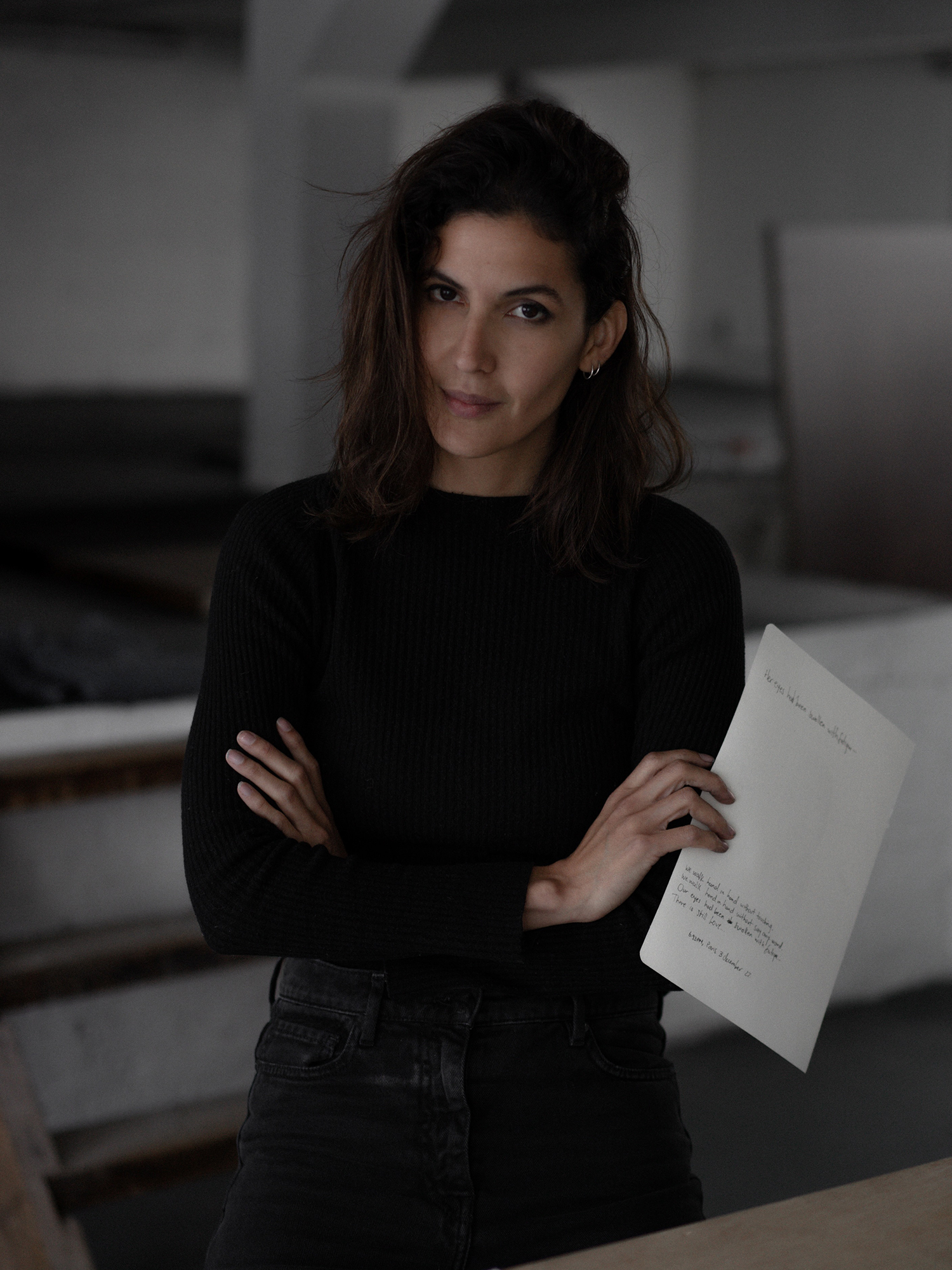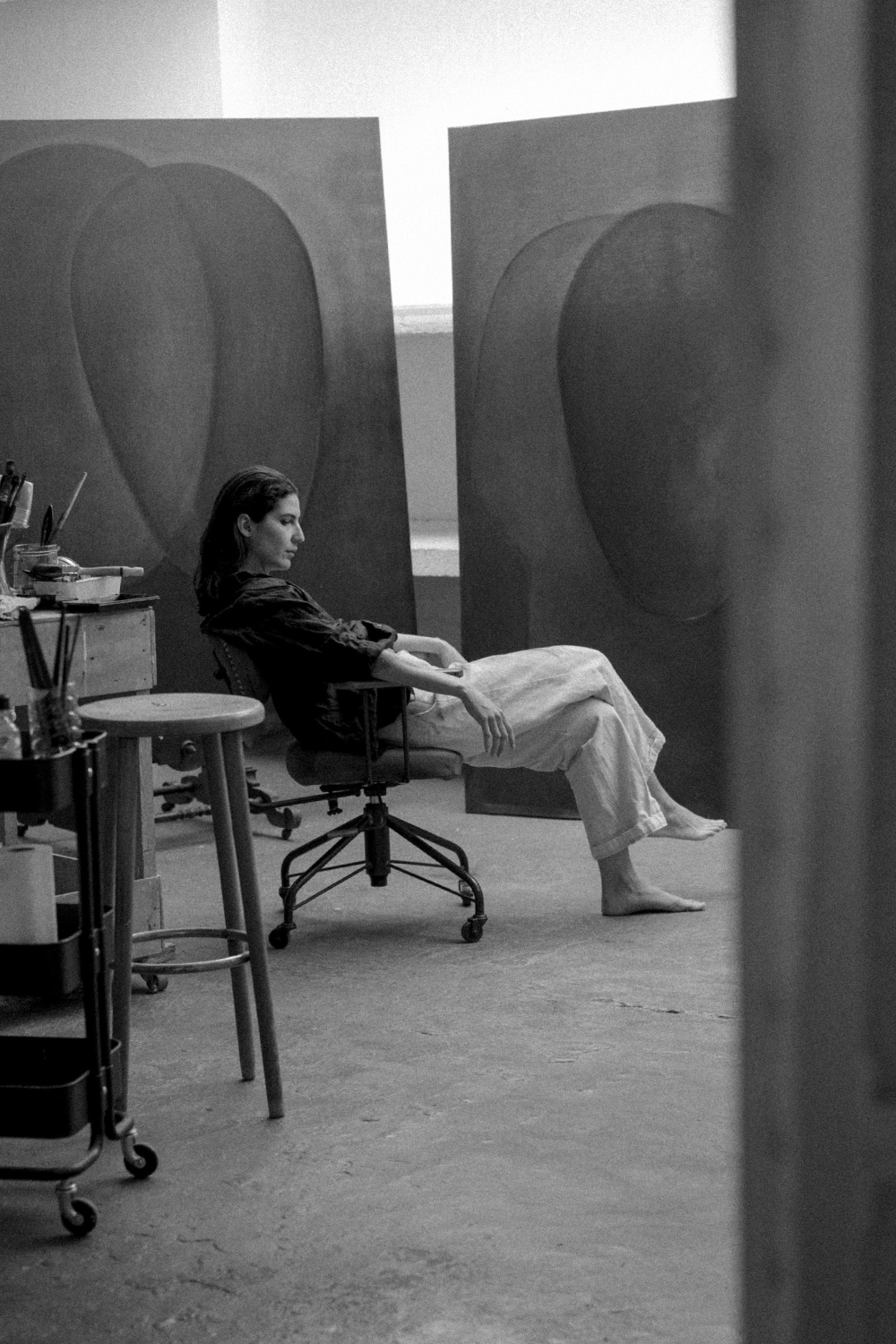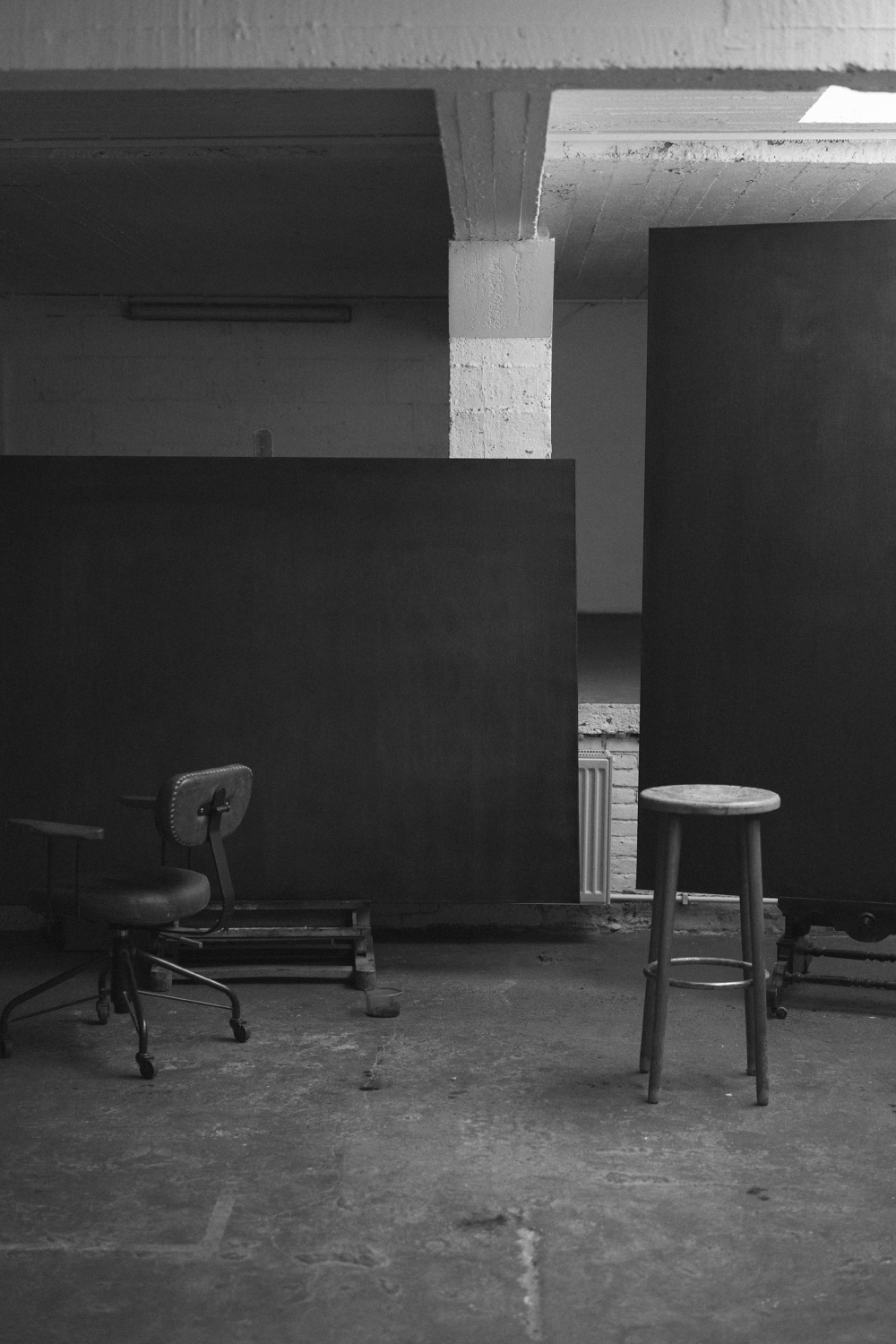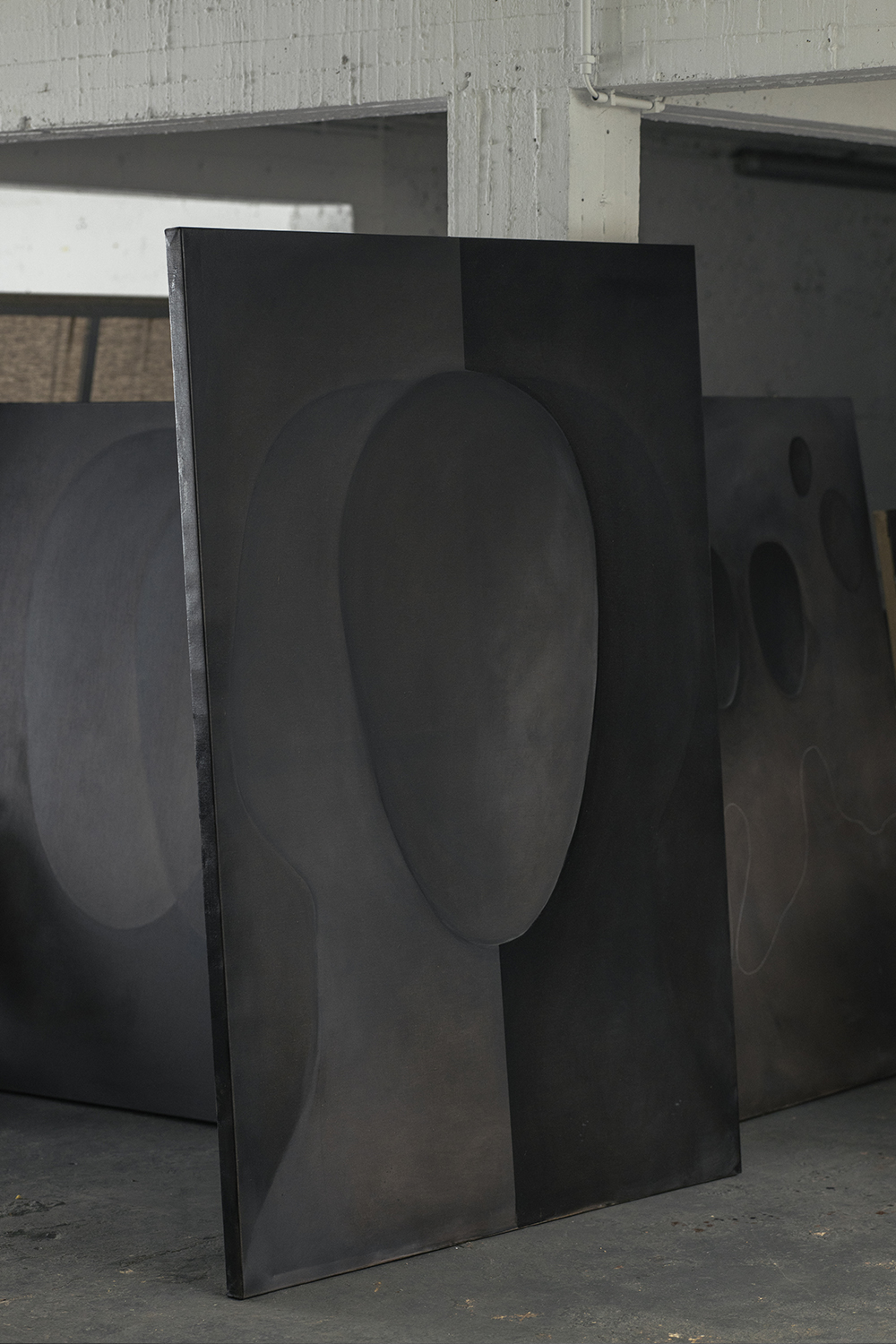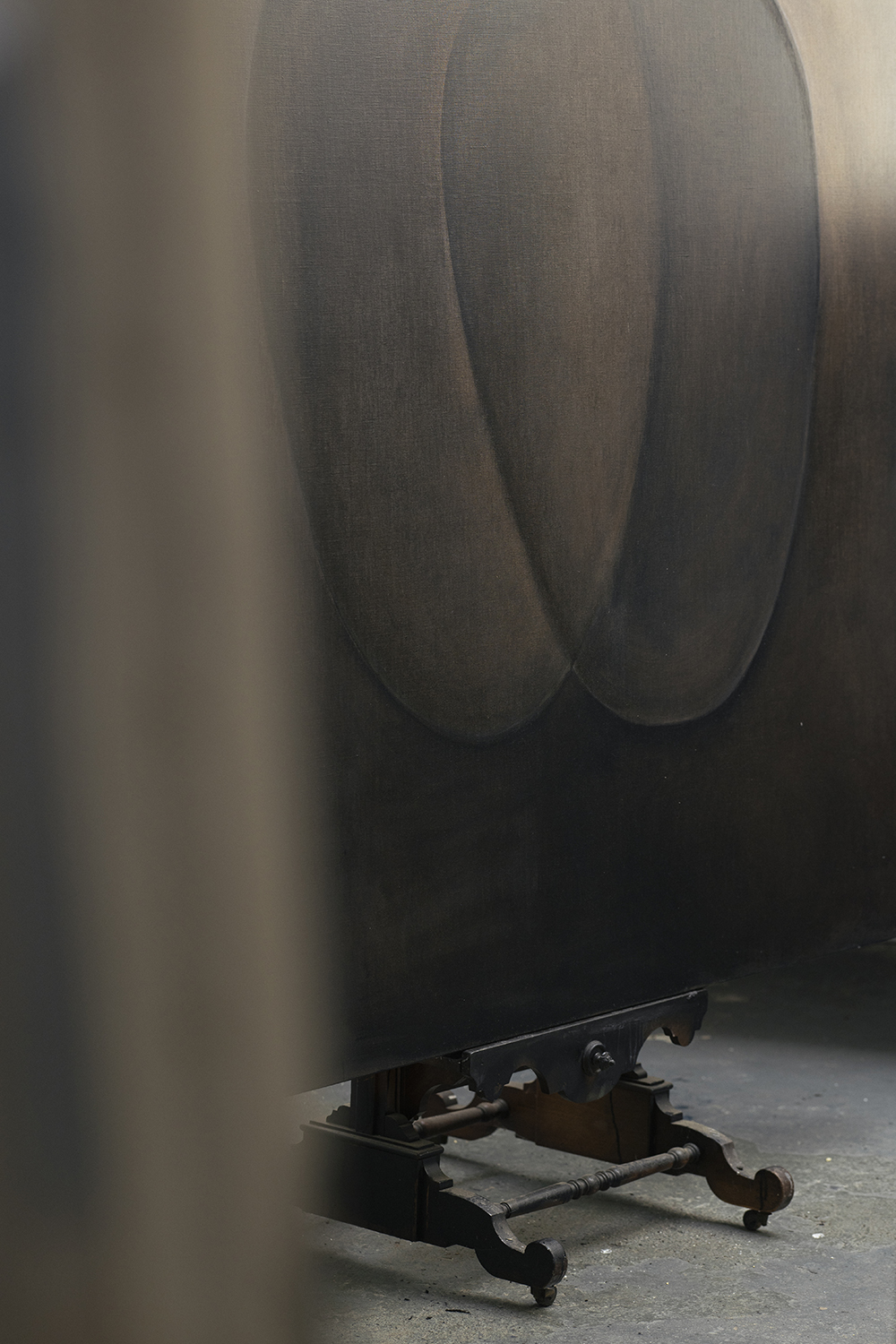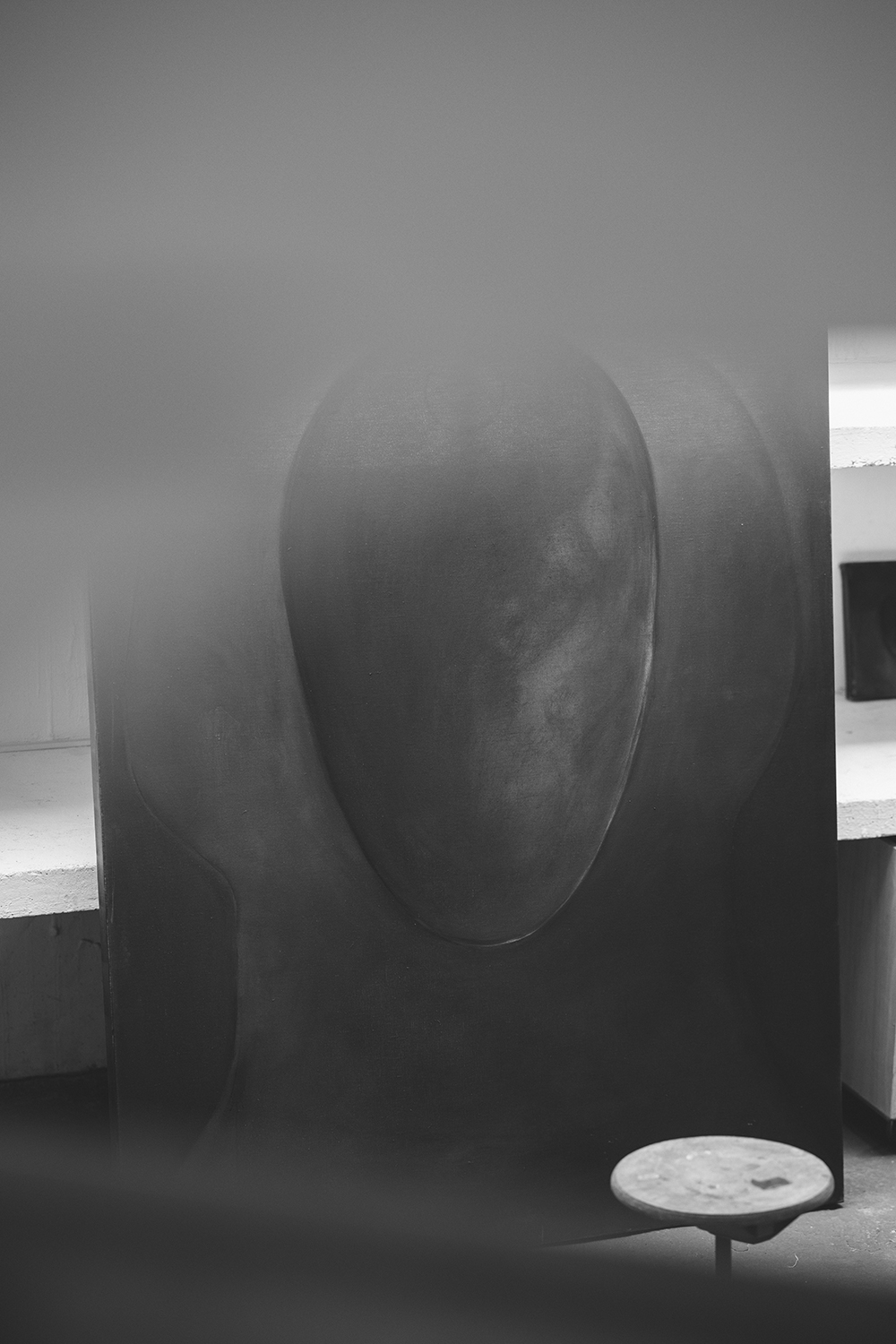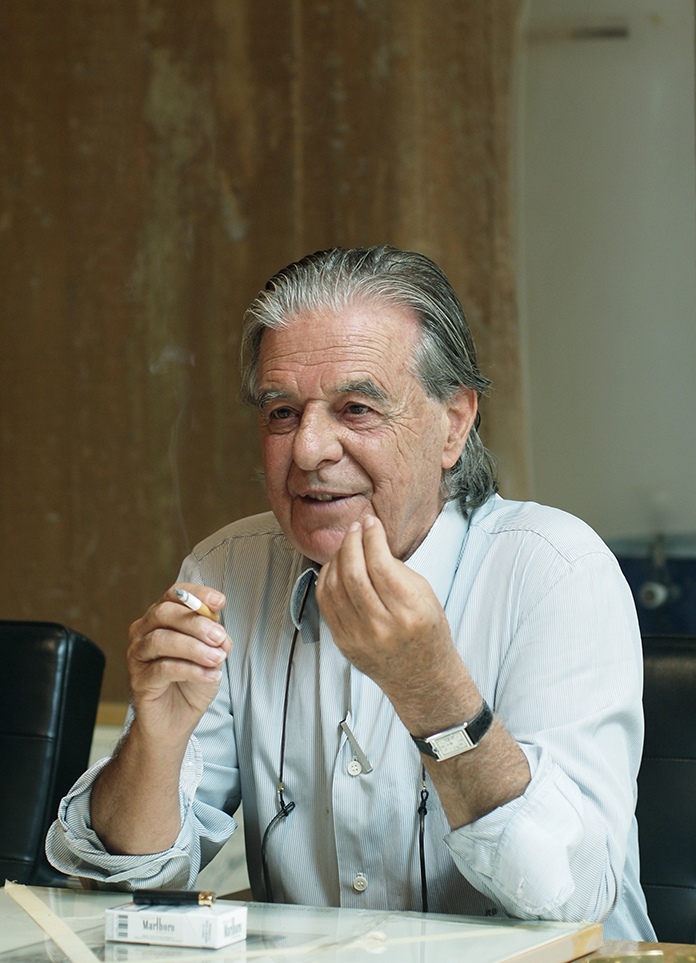- ARTIST
- Ileana Moro
What is Art? Ileana Moro described art as a boundless realm where humanity expresses its deepest emotions. She emphasized that art transcends judgment, providing a liberating experience for all.
Ileana Moro believes that the realization of painting a true projection of her inner self was not a conscious decision, but rather a deep feeling that emerged organically while she was alone in her studio. Ileana Moro said:“There have been moments when I’ve been so moved by the process of painting that tears would well up within me. These tears were genuine and couldn’t be faked. Additionally, there were times when I would feel a surge of anger and would even hit the canvas. I think the initial trigger for me is that I knew inside a strong desire to express myself, to communicate my thoughts, emotions, and experiences through the medium of painting or words.”
During the creative process, both sensory perception and rational awareness coexist for her. Striking a balance between the two is crucial. If she solely rely on sensory perception, her paintings may become dark and cynical, which she personally enjoy but may not resonate with everyone. On the other hand, if she rely solely on rational awareness, her paintings may lack emotion and a compelling narrative. Rational awareness helps her understand the world and people from different perspectives, while sensory perception allows her to tap into her emotions and create meaningful artwork.
